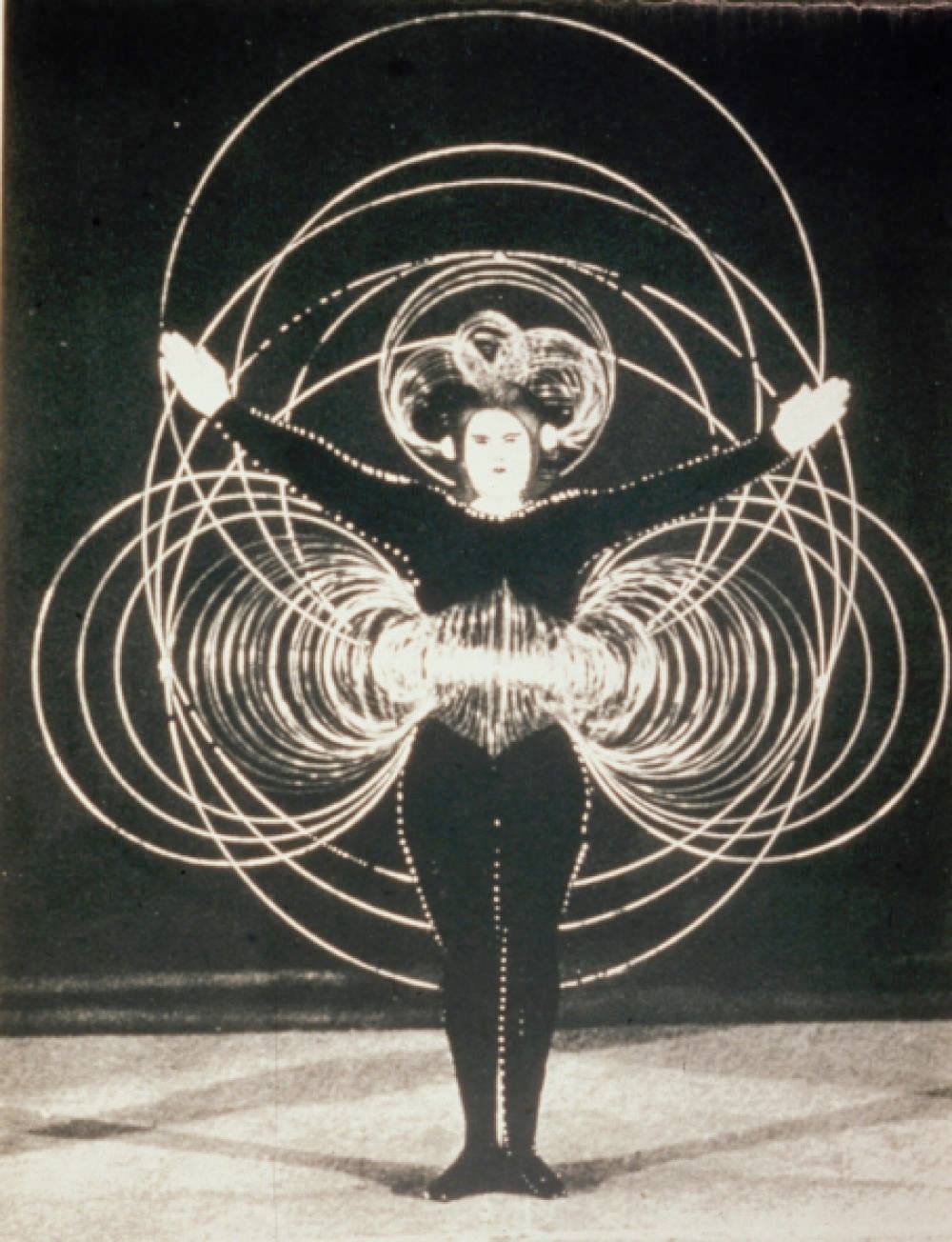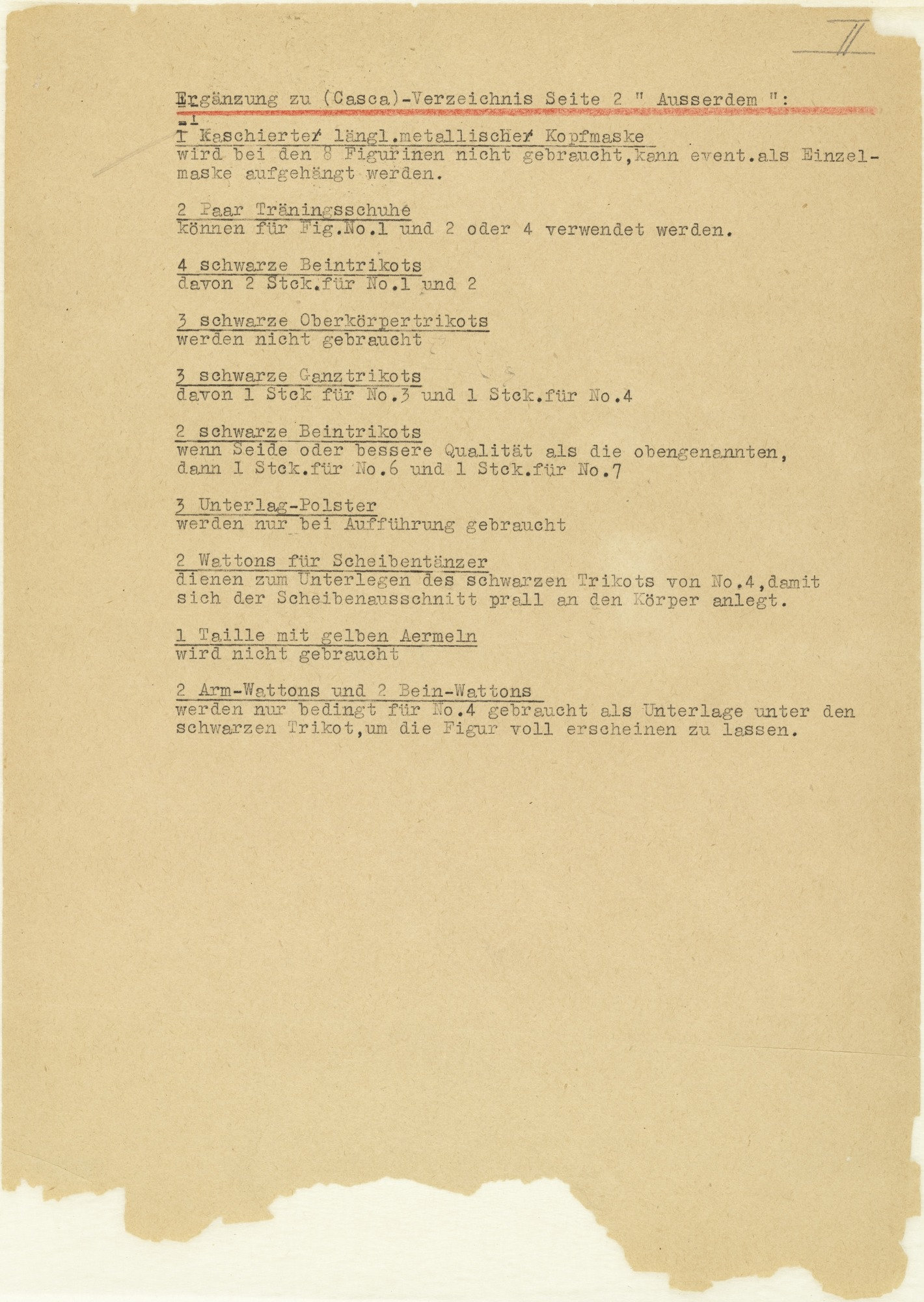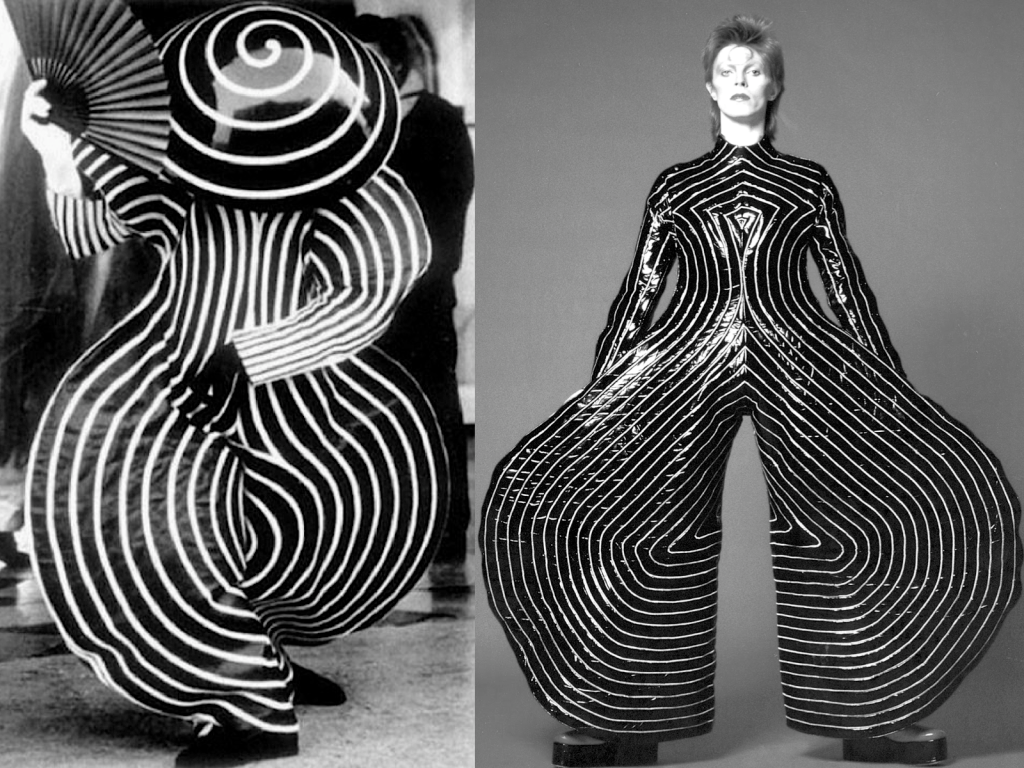Los Angeles is hardly a city known for its varied weather, but if one lives there long enough, one does become highly attuned to its many subtleties. (Granted, some of the local phenomena involved, like the notorious Santa Ana winds, can produce far-from-subtle effects.) The late David Lynch, who spent much of his life in Los Angeles, was more attuned to them than most. For a time, he even posted daily YouTube videos in which he talked about nothing else. Or rather, he talked about almost nothing else: much of the appeal of his weather reports, 950 of which you can watch on this playlist, lies in his unpredictable asides.
In addition to announcing the date (in a slightly eccentric form, e.g. “June one, two-thousand and twenty”), reading the temperature in both Fahrenheit and Celsius, and remarking on the presence or absence of “blue skies and golden sunshine,” Lynch would sometimes mention what was on his mind that day. “Today I’m thinking about tin cans,” he declared in his weather report for October 11th, 2020. A couple of months later, he was remembering Percy Faith’s theme from the Sandra Dee and Troy Donahue vehicle A Summer Place, which to him encapsulated the “romantic, wondrous feeling of the fifties” at that decade’s very end.
The weather-reporting Lynch showed an awareness of his audience as well, occasionally presenting them with a hand-drawn Valentine’s Day card or expression of thanks for viewing: “What a great bunch you all are, those of you who come each day to check out the weather.” But as Ali Raz writes in the Believer, one views Lynch’s weather reports “not to learn about the weather but to watch Lynch perform — even though, precisely because, he doesn’t perform in any actorly way. Instead, he performs himself.” And he’d been doing it in that form longer than many realized, having begun his reports as a call-in segment on Los Angeles radio station Indie 103.1 FM in 2005, then posting them as videos to his own web site.
Lynch returned to weather reportage on YouTube during the COVID-19 pandemic, which made the at-home setting fashionable. His videos inspired some of their viewers, who presumably had more time on their hands than usual, to do the hard work of exegesis. One user of the David Lynch subreddit found the weather reports key to understanding Lynch’s work, specifically through “the idea of awareness. What does it mean to look at the world around us?” In his films, “this is accomplished by surrealism, violence, and a general sense of the unsettling or menacing. But those are vehicles for the idea of awareness, not its essence.” His Weather Reports show that “awareness doesn’t have to come through an extreme mental state, but could be part of our daily life,” in times of blue skies and golden sunshine or otherwise.
Related content:
David Lynch Tries to Make a List of the Good Things Happening in the World… and Comes Up Blank
Based in Seoul, Colin Marshall writes and broadcasts on cities, language, and culture. His projects include the Substack newsletter Books on Cities and the book The Stateless City: a Walk through 21st-Century Los Angeles. Follow him on the social network formerly known as Twitter at @colinmarshall.









